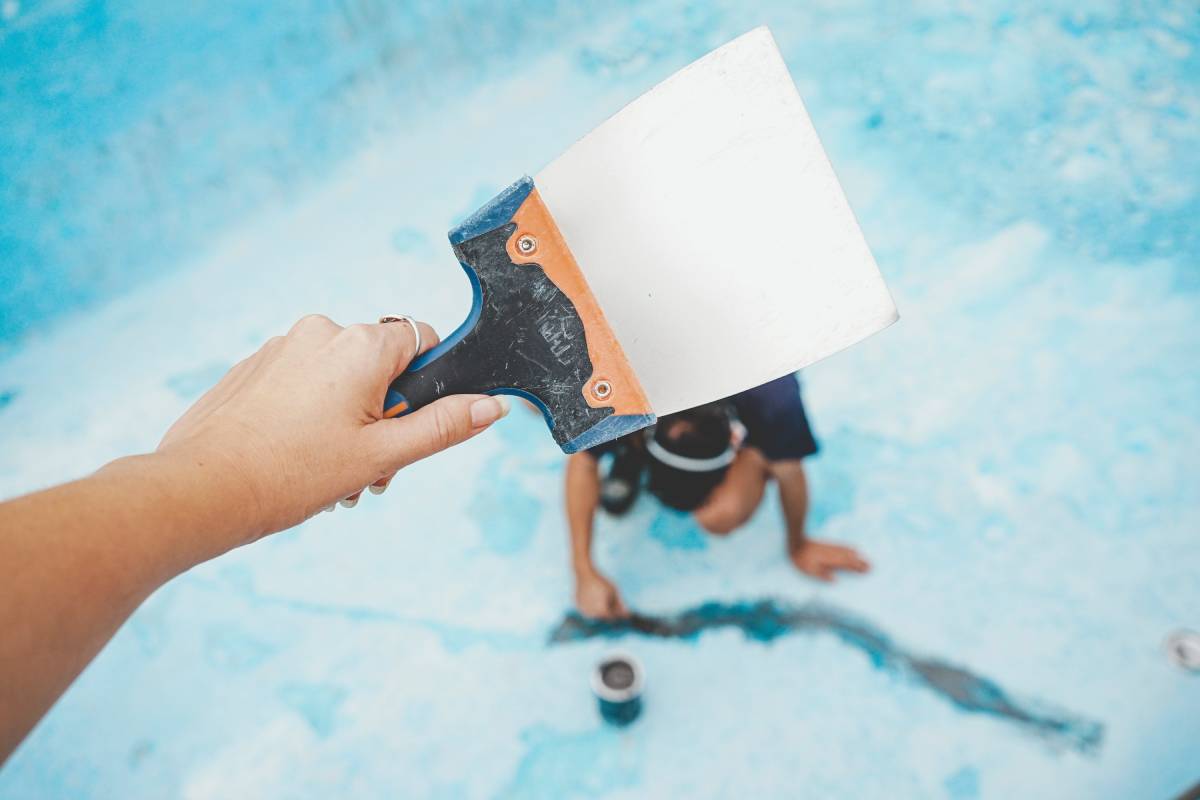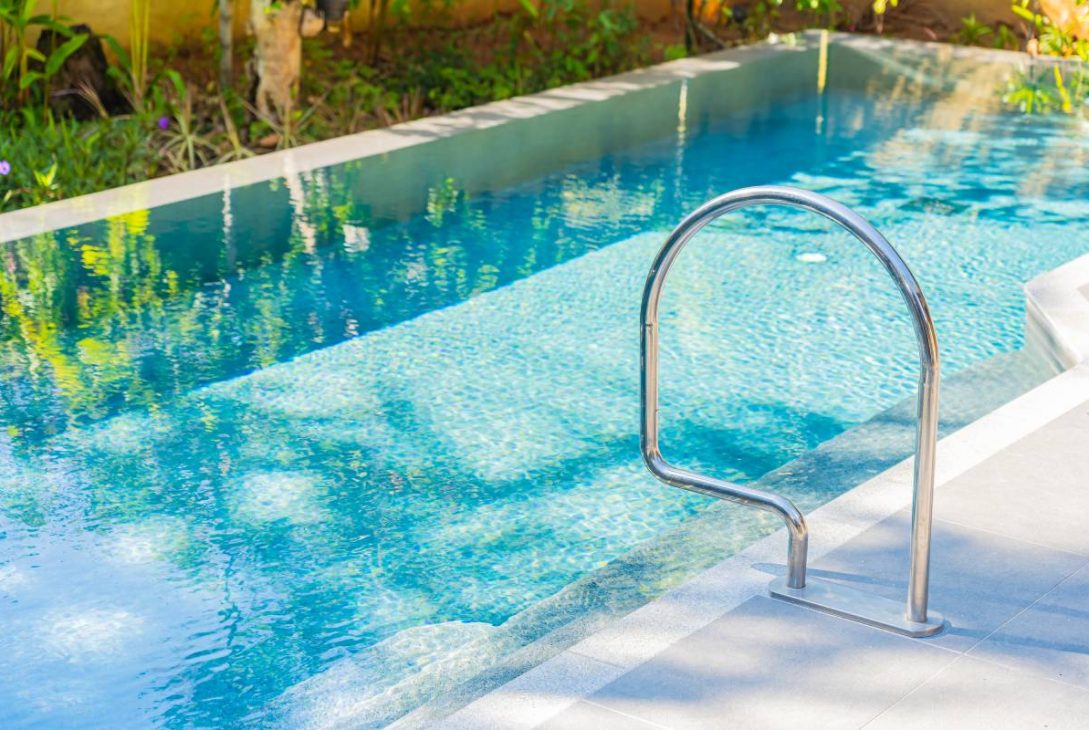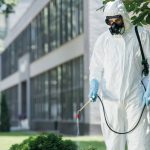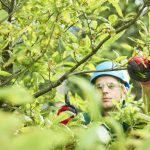When was the last time you carried out some maintenance on your swimming pool? Take a quick look at the surface of your pool; is it still in pristine condition? Or is the paint starting to blister and peel off? If so, it might be time for a new paint job! But, what is the best paint for a swimming pool? Can you do it by yourself or are you far better off hiring professionals? And how many litres of paint will be required to repaint your pool entirely? In this article, we’re going to explore pool painting in greater depth, for your convenience. Here’s everything you need to know…
What is the best paint for a pool?

So, whether you are painting your pool by yourself or calling in the professionals, what is typically the best type of paint to use?
There are various paints that each work better for the different types of pool surface. Or indeed, for painting over old surfaces. Remember, not all paint types are suitable for certain surfaces, so it’s good to familiarise yourself with the different surface types so you can best identify the most appropriate paint type for yours:
- Concrete pools: concrete pools can enjoy either acrylic enamel paint (which lasts from 2 to 3 years), or an epoxy finish (which is the preferred application lasting for anywhere between 5 and 8 years).
- Plaster / marcite pools: for plaster or marcite pools, you’ll get the best value out of epoxy paint. That said, with rough surfaces, you’ll need a quality epoxy primer before you apply the paint, in which case, Gunzite works very well.
- Fiberglass: for fiberglass pools, epoxy paints are also the best.
- Steel / aluminium pools: steel and aluminium pools do best with epoxy paints applied to them, however, these also require a primer prior to the first coat application.
- Sandblasted (from either concrete or plaster): sandblasted pools can benefit from both epoxy or acrylic paint coats, however, the choice will depend on your specific needs. In any case, epoxy will last far longer.
The total longevity of your paint application will depend on a number of factors. The quality of the application is arguably one of the most important factors to consider. If you aren’t confident in painting the pool by yourself, often, for the very best results you are much better off hiring the professionals. Aside from that, climate, the surface type, and how regularly you maintain the pool will impact the overall lifespan of your paint finish.
Can I just paint my pool myself?

So, can you just paint your swimming pool by yourself and save money on the labour of a professional application? The short answer is yes. However, repainting your pool isn’t a quick and easy task. If you are properly prepared, do the appropriate research, and stock up on enough paint of the proper type, then you can certainly pull it off. That said, if you want the finest finish then hiring professionals is essential – particularly for longevity.
The fact is, painting your pool by yourself is doable, however, if you do not do a thorough and professional job of it, you’ll need to paint the pool again far sooner than you would if you have the professionals take care of it. As such, going it alone—without the proper assistance—may end up costing you even more money in the long term.
How many litres of paint does it take to paint a pool?

If you do decide to go ahead and paint your pool by yourself, how much paint are you going to need? (spoiler alert – it’s an awful lot!)
- The first step is to calculate the total square footage of the area to be painted. In order to do this, you must measure the:
- Length (L)
- Width (W)
- Depth (D)
- Please note that this is under the assumption that you have a rectangular pool with equal sides in length, width, and depth. For irregularly shaped pools, the results will need to be modified and the total area calculation becomes a little more complicated.
- Next, you must calculate the following:
- Length x Width = [__]
- Length x Depth x 2 = [__]
- Width X Depth = [__]
- Following that, add all of the above together in order to calculate the total area (TA).
- Then, in order to determine how many of gallons (1 gallon = 3.7 litres) of paint are required for the TA, divide it by 300 (which is the average coverage rate of pool paint), and then multiply it again by 2 (as you will need 2 coats of paint on a professional swimming pool finish).
- TA / 300 x 2 = [The number of gallons required].
Final thoughts: Play it safe
As you can see, there’s quite a lot of faffing around involved with painting your pool by yourself. Particularly if you have an irregular-shaped pool with curved edges and varied depths, it will be much easier if you call in the professionals who handle such tasks on a daily basis.
Additionally, when painting your pool by yourself you must ensure that you follow the appropriate health & safety measures (e.g., wearing PPE to prevent the inhalation of paint fumes). Not only that but buying all of the paint required by yourself, priming the pool, and applying two thorough and well-spread coats is a time-consuming and expensive task. While paying professionals to take care of it for you is arguably more expensive, it’s the best way to guarantee that your paint job lasts as long as possible. If you are interested in saving yourself some time and any unnecessary headaches, we’d recommend enlisting the help of a reputable local pool painting company, such as West Coast Pool Resurfacing.










